Whale Shark Aggregation in Belize – Cristiana & Alain Bontemps (2009)
External fertilization is a wasteful process but still enables survival of many aquatic species. For external fertilization to be successful certain prerequisites are needed: high population numbers, aggregation of these large groups and synchronous release of gametes. Animals are great resource maximizers. Once they discover a high value resource they will exploit it as efficiently as possible. Gametes (sperms and eggs) released during external fertilization of large groups of fish such as the Jack are extremely nutritious for filter feeders […]


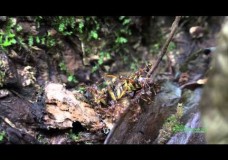
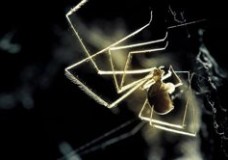
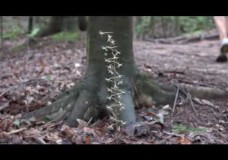

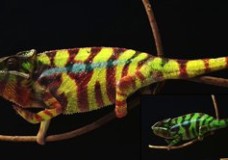
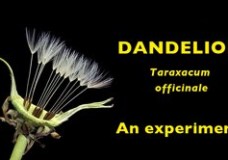


Recent Comments